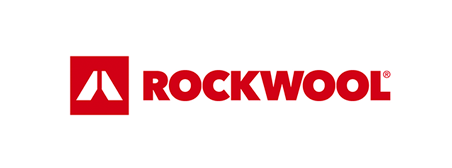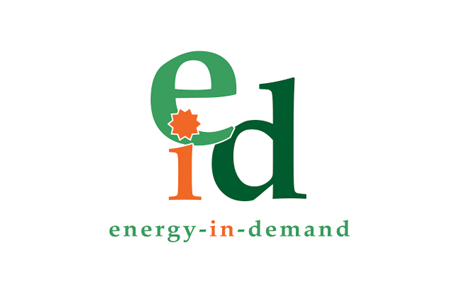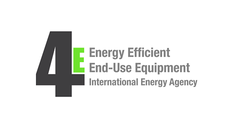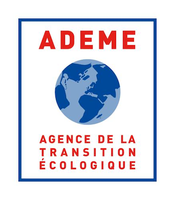Search eceee proceedings
Decarbonising the building value chain of the European Union: A systematic overview of circular economy measures and their potential impact on basic materials
Panel: 9. Deep decarbonisation of industry
Authors:
Meta Thurid Lotz, Fraunhofer ISI, Germany
Andrea Herbst, Fraunhofer Institute of Systems and Innovation Research ISI, Germany
Matthias Rehfeldt, Fraunhofer Institute of Systems and Innovation Research ISI, Germany
Abstract
The relevance of Circular Economy measures for the reduction of greenhouse gas (GHG) emis-sions is increasing due to the growing material demand on the one hand and the advancing climate crisis on the other hand. The basic industry is of particular importance as it is responsi-ble for a large share of the emitted GHG (about 20% of the EU emissions). Moreover, the miti-gation of these emissions is challenging and often very expensive with technological change alone. Consequently, the reduction of material demand is crucial. Typical end-use goods and the related basic materials have to be considered since the impact of a Circular Economy measures can be seen along the entire value chain.
Accordingly, this contribution describes the building sector - as one of the main contributors to steel and concrete demand - and gives a systematic overview of relevant circularity measures. Thus, we answer the following research question: How to compare and prioritize relevant Circu-lar Economy measures in the building sector? On the one hand, the aim is to identify promising options for the decarbonisation of the building sector and related basic materials in the Euro-pean Union based on pre-defined criteria. On the other hand, a database is developed for the consideration of these Circular Economy measures in further research.
For this purpose, relevant measures are pre-selected from three major publications in this field. The selection is based on the expected impact on GHG emissions as well as the applicability. The applicability is limited to the building value chain and specifically the materials steel and concrete. Five measures that have a high impact are analysed in greater depth. For these, fact sheets are developed via an additional literature research. They describe the measure, the rele-vant material, the affected value chain stage, the categorization according to the 9R framework, the impact, the applicability and limitations. Moreover, the measures are compared using a weighted sum model considering ecologic (change in GHG emission), economic (change in cost) and technical criteria (change in material and energy demand). These criteria enable a ho-listic view and finally, a prioritization of the measures.
In this way, we determine which of the Circular Economy measures are most promising in light of the aforementioned criteria. For example, the optimization of space use in residential build-ings, which decreases cost, material demand and GHG emissions, can have positive impact. At the same time this measures is challenged by constraints during the practical implementation. In contrast, the reduced over-specification of building components can reduce demand for the energy-intensive basic materials steel and concrete. However, this requires the adaption of re-spective regulations and standardisation. Overall, the collected data can support stock-driven material flow analyses and thus be taken into account in transformation pathways for industry decarbonization. Nevertheless, the research showed that the quantification varied significantly between literature sources. Consequently, the actual exploitation of the potentials of a Circular Economy depends on an efficient policy framing.
Downloads
Download this presentation as pdf: 9-139-22_Lotz_pres.pdf
Panels of
1. Dynamics of consumption: less is more?
2. Efficiency and beyond: innovative energy demand policies
3. Policy, finance and governance
4. Monitoring and evaluation for a wise, just and inclusive transition
5. Towards sustainable and resilient communities
6. Energy-efficient and low-carbon mobility for all
7. Policies and programmes for better buildings
8. Innovations in products, systems and building technologies



























